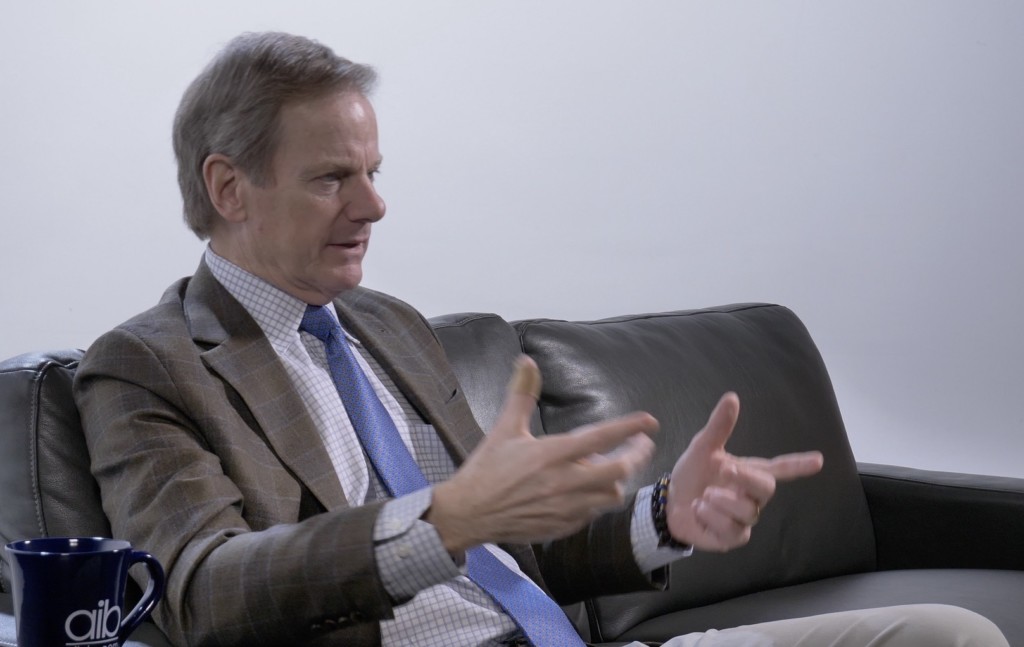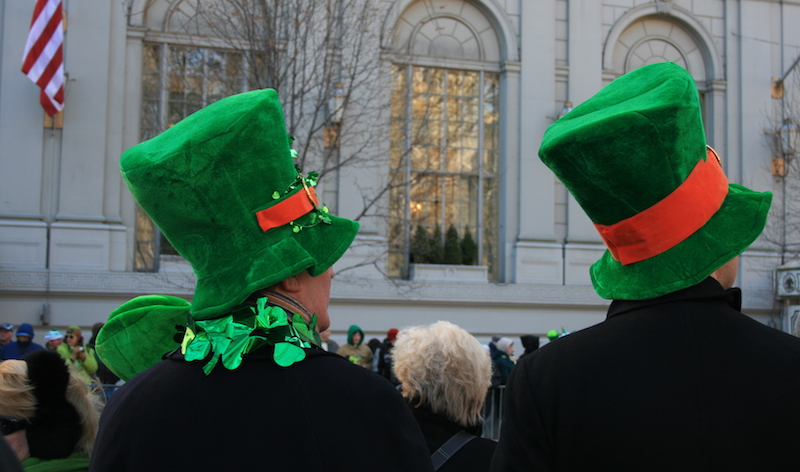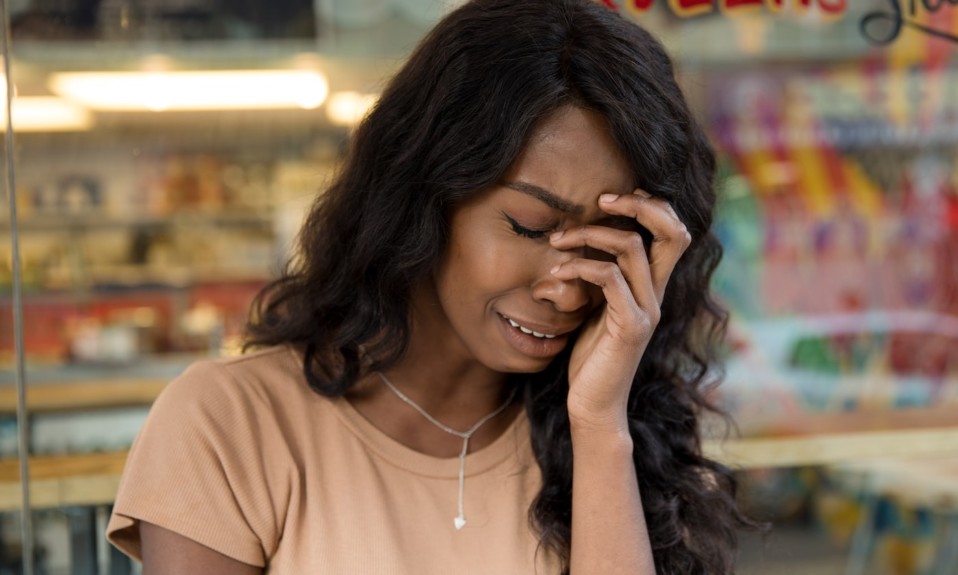In a promising nod to sober living, the organization has been invited to participate in the otherwise boozy New York City St. Patrick’s Day Parade
By Jason Langendorf
When marchers hit the streets of Manhattan on March 17 for the 2022 New York City St. Patrick’s Day Parade, the city will celebrate alongside them as it has for 260 years—with a full day of dancing, revelry and, of course, drinking. But this year’s parade will come with a twist.
For the first time in the history of an event that marks the booziest holiday on the calendar, the Sober St. Patrick’s Day Movement has been invited to march in the parade, one of only two new affiliate invitees. Leading the organization on the path—up Fifth Avenue, from East 44th Street to East 79th Street—will be William Cope Moyers, the Sober St. Patrick’s Day 2022 Emerald Spirit Award honoree.
“I think it’s one of those mileposts in the long journey to raise awareness around the reality that recovery is everywhere,” says Moyers, the vice president of Public Affairs and Community Relations for the Hazelden Betty Ford Foundation. “Events like this in New York City next week really are the antidote, if you will, to the public perception that everybody on St. Patrick’s Day is drinking or is drunk.”
The stated mission of the Sober St. Patrick’s Day Movement is “to reclaim the true spirit of St. Patrick’s Day.”
The Emerald Spirit Award is presented annually to a career professional who has demonstrated dedication to improving the lives of family members of people with substance use disorder, who are sometimes overlooked collateral damage when it comes to addiction. Moyers, who has been a public advocate for Hazelden since 1996, has himself been in recovery for 28 years.
“The fact that in the midst of this national event, this renowned parade through the heart of New York City,” Moyers says, “that a group of us can stand up and speak out and show with our own lives that recovery is a reality—despite all that’s associated with St. Patrick’s Day—is a pretty important moment.”
The Sober St. Patrick’s Day Movement
The stated mission of the Sober St. Patrick’s Day Movement is “to reclaim the true spirit of St. Patrick’s Day by changing the perception and experience from an occasion for binge drinking and other misuse of alcohol to a celebration of the richness of Irish culture and the legacy of St. Patrick.”
An organization that advocates for sobriety being featured in New York City’s official holiday festivities—one of the largest and most storied parades in the country—might have seemed out of reach for founder William Spencer Reilly when he hosted the first Sober St. Patrick’s Day party in 2012. But it never stopped him from pressing parade organizers to recognize the movement. “I have been dreaming about this day for 10 years,” Reilly says.
The 11th annual Sober St. Patrick’s Day party will begin after the parade at the Old St. Patrick’s Cathedral’s Youth Center. In addition to being an in-person event, the party will be a global “YouTube Premiere” celebration. It will feature live entertainment, including musicians and dancers.

Moyers has already visited an Irish store in St. Paul, Minn. (the location of Hazelden’s Minnesota headquarters), and purchased a green shirt for the occasion. He looks forward to marching down Fifth Avenue with his daughter, Nancy (a Columbia University graduate student studying for her master’s in social work), and proudly celebrating his sober bona fides. “I do believe that the best way to attack stigma and promote public awareness,” he says, “is with our own faces and our own voices.”
Moyers, son of journalist and former White House press secretary Bill Moyers, finds a certain cathartic symmetry in returning to New York City to be recognized for his contributions in advocating for a sober lifestyle. It’s where he says he “hit bottom,” in 1989 as a 30-year-old reporter living in a crack house in Harlem, not far from the start of the parade.
“I think that really speaks to the power and possibility of recovery,” he says, “and the rewards that come our way from the adversity of addiction. Who would’ve thunk it?”
Top photo: Shutterstock













